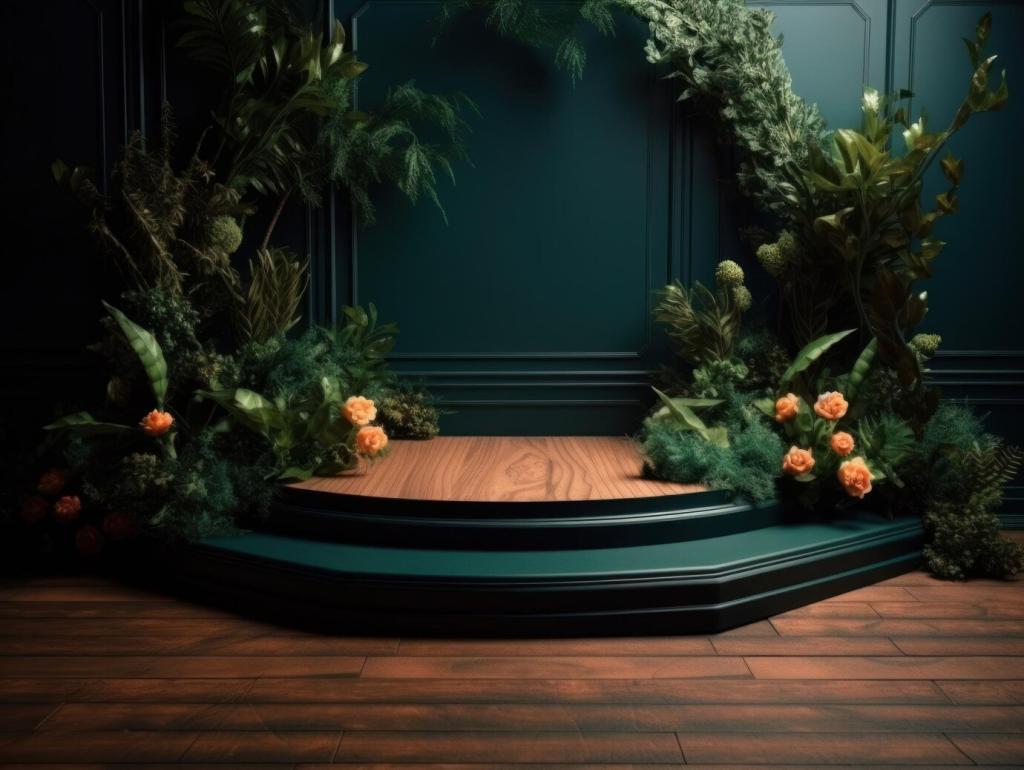Sustainable Decor: Incorporating Natural Elements into Your Home
Choosing Organic Materials
Opting for decor made from organic materials is a significant step toward sustainability. Natural woods, bamboo, rattan, wool, linen, and cotton are all excellent options that not only provide tactile warmth but also reduce your ecological footprint. These materials can be introduced through furniture, rugs, baskets, and textiles, bringing both texture and earthy tones into your space. When sourcing these elements, prioritize products that are responsibly harvested or carry certifications ensuring they meet environmental standards. Over time, these organic choices age beautifully, acquiring a patina and charm unique to your home.
Incorporating Greenery and Botanicals
Houseplants and botanical arrangements are effective ways to bridge the gap between outdoor and indoor retreats. Adding greenery benefits your living spaces with improved air quality and natural vibrancy. You can display plants in a variety of creative arrangements—hanging plants cascade gracefully from ceilings or shelves, while potted ferns and succulents offer easy-care options for tabletops. Even small touches, such as herb gardens in your kitchen window or dried floral bouquets, enliven your decor while inviting the serene presence of nature indoors.
Maximizing Natural Light
Harnessing the power of natural light not only enhances your home’s atmosphere but also reduces dependence on artificial lighting. Large windows, skylights, and open floor plans allow sunlight to pour in, brightening your interiors and highlighting the organic textures in your decor. If window size is limited, consider using mirrors or reflective surfaces that bounce light throughout the room, amplifying both the sense of space and the glow of daylight. Complement with lightweight, airy curtains made from natural fibers to further connect your space with the outdoors.

Selecting Reclaimed and Upcycled Pieces
Embracing reclaimed or upcycled furniture turns pre-loved objects into distinctive home features. Reclaimed wood dining tables, vintage chairs, and reimagined decor pieces carry stories and character, reducing demand for new resources and diverting materials from landfills. Scour antique shops, salvage yards, or dedicated online marketplaces for unique items that celebrate craftsmanship and sustainability. Customizing found pieces with new finishes or upholstery can breathe fresh life into them, ensuring your decor is as unique as it is environmentally mindful.

Investing in Timeless, Durable Design
Longevity is a cornerstone of eco-friendly furnishing. Instead of following fleeting trends, opt for timeless designs and well-crafted pieces built to last for generations. Classic silhouettes, neutral palettes, and quality construction not only withstand the test of time but also reduce the need for frequent replacements. When you thoughtfully invest in durability, you participate in a culture of reduced waste and conscious consumption, ensuring your home remains both practical and stylish for years to come.

Enhancing Ambiance with Natural Accents
Incorporating stones, ceramics, and earthenware creates an immediate tactile and visual connection with the natural world. Whether displayed as sculptural vases, decorative bowls, or even as part of feature walls and fireplaces, these materials ground your decor with an ancient, enduring quality. Their earthy shades and organic shapes complement any style, from minimalist to eclectic. Integrating stone or clay elements also encourages a sense of tranquility, as if you’ve brought a piece of the landscape into your home’s heart.
